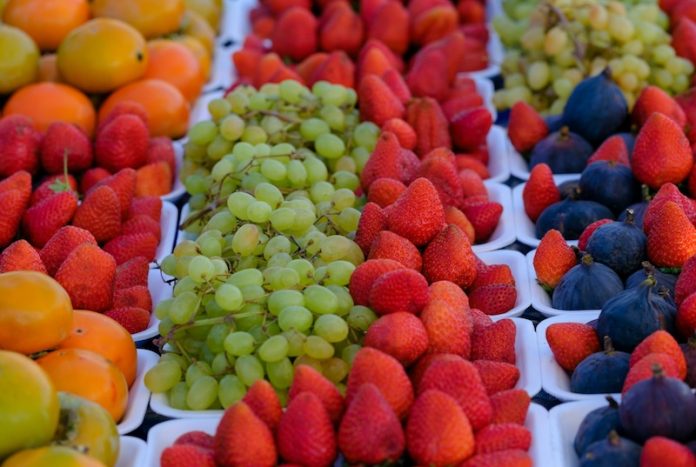
Living with diabetes often means navigating a complex dietary landscape. One common question that emerges is, “Can I eat fruit?”
Given the sweet nature of fruits, it’s understandable why those managing diabetes might be cautious. However, fruits are not only permissible in a diabetes-friendly diet; they are encouraged when chosen wisely and consumed in moderation.
This review aims to demystify fruit consumption for people with diabetes, offering insights into which fruits to embrace, which to approach with caution, and how to balance enjoyment with health.
The Sugar in Fruit: A Double-Edged Sword
Fruits contain natural sugars, vitamins, minerals, and fiber, making them an essential part of a balanced diet.
The fiber in fruit is particularly beneficial for diabetes management, as it can slow the absorption of sugar into the bloodstream, reducing spikes in blood glucose levels. However, not all fruits are created equal in the eyes of a diabetes-friendly diet.
Fruits to Favor
Low glycemic index (GI) fruits are the heroes of the diabetes diet. The GI is a measure of how quickly foods raise blood glucose levels.
Foods with a low GI (55 or less) have a slower, smaller impact on blood glucose, making them ideal for individuals with diabetes. Examples of low GI fruits include:
- Cherries
- Berries (such as strawberries, blueberries, and raspberries)
- Apples
- Pears
- Oranges
- Plums
These fruits can be enjoyed with less impact on blood sugar levels, especially when portion sizes are controlled. Additionally, the high fiber content in these fruits can aid in digestion and further moderate blood sugar spikes.
Fruits to Approach with Caution
Some fruits have a higher GI and can cause quicker, higher spikes in blood sugar levels. These include:
- Watermelon
- Pineapple
- Mangoes
It’s not that these fruits are off-limits, but they should be consumed in smaller portions and less frequently. Balancing these fruits with a source of protein or healthy fat can also help slow the absorption of sugar and mitigate blood sugar spikes.
Portion Control: Key to Enjoyment
When it comes to fruit consumption for individuals with diabetes, portion control is paramount. Even low GI fruits can contribute to elevated blood sugar levels if eaten in large quantities.
A general guideline is to consume about 15 grams of carbohydrates worth of fruit per serving. For example, a small apple or a half-cup of fresh berries constitutes a single serving.
The Whole Fruit Advantage
Opting for whole fruits instead of fruit juices or dried fruits is advisable. Whole fruits contain more fiber and have a lower GI, making them a healthier choice for blood sugar management.
Juices and dried fruits, on the other hand, are more concentrated sources of sugar and can lead to quicker, higher spikes in blood sugar levels.
Conclusion
Fruit can and should be a part of a diabetes-friendly diet, but like all aspects of diabetes management, it’s about balance and informed choices.
By favoring low GI fruits, watching portion sizes, and opting for whole fruits over juices or dried variants, individuals with diabetes can enjoy the sweet benefits of fruits without compromising their health.
As always, individual responses to foods can vary, so monitoring blood sugar levels and consulting with a healthcare provider for personalized advice is essential. With the right approach, fruits can be a delicious and nutritious component of managing diabetes.





